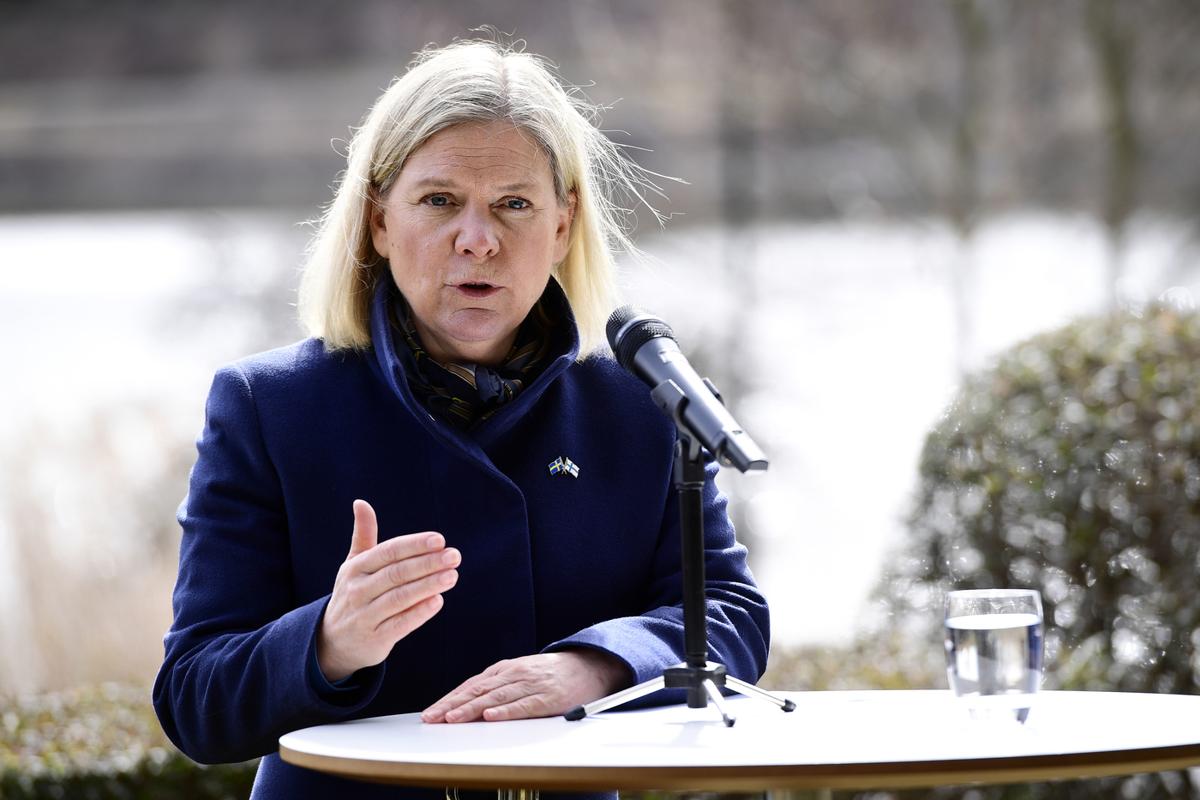The administrations of the service trade union Pam and the Trade Union approved the agreement on Wednesday. Wages will rise by two percent in May.
On the market a new collective agreement has been signed for the sector, covering almost 200,000 employees.
The working conditions of trade workers and supervisors have now been agreed for two years. The agreement will increase wages by 2.0 percent as of May 1, 2022.
The second year is the so-called option year, ie the salary increases for 2023 will be agreed by 15 December.
If no solution is found for the 2023 salary increases by 15 December, the collective agreement can be terminated on 31 January 2023.
Negotiating parties that is, the employers ‘trade union and the workers’ service industry union Pam reached an agreement in their talks on Tuesday night, and the administrations of the organizations approved the outcome of the talks on Wednesday.
Negotiations in the field of trade began on 12 January and the old collective agreement expired on 31 January.
“Working time allowances have not been increased for many years, so now some of the increases are targeted at those who work hard,” says Pam’s chairman in a press release. Annika Rönni-Sallinen.
He estimates that employer-side coordination is tightening year by year.
“The increase is at the same level as the highest negotiated solutions in other sectors to date. I consider the result to be reasonable and I am pleased that we reached the end result, ”says Rönni-Sallinen.
“In collective bargaining progress was made in working time flexibility sought by employers, but there is still a lot of work to be done to improve the business environment. Through negotiations, we were not able to sufficiently address the polarization of the sector and the painful need for reform, “says the labor market director who led the negotiations in the Confederation of Finnish Trade Unions. Anna Lavikkala.
“Tough international competition and the strong digitalisation of trade still require a lot of work to adapt the working conditions of the store to, for example, customers’ 24/7 trading,” says Lavikkala.
As part of the collective bargaining solution, it was also agreed to complete the salary reform for trade employees. The new model will be better able to pay attention to employees’ skills and reward better performance
When negotiations began in mid-January, the Confederation of Commerce said the interest rate pandemic was treated very differently by traders.
According to the union, the grocery trade has fared well, while a large number of specialty stores, such as the clothing and shoe trade and the book industry, have suffered considerably as a result of a two-year pandemic.
According to Labor Market Director Anna Lavikkala, the polarization had an exceptional effect on the starting position of the negotiations.
The challenge was to find a solution to the very different situations of retail companies, which will enable even specialty stores to survive in the changed time after the pandemic, Lavikkala said at the time.
“Many trading companies have achieved record results during the corona. It is right to expect the excellent results to be visible in the livelihood of the employees as well, ”says Annika Rönni-Sallinen, Chairman of Pam, in the press release before the negotiations.
#Labor #market #working #conditions #employees #agreed #trade #sector







